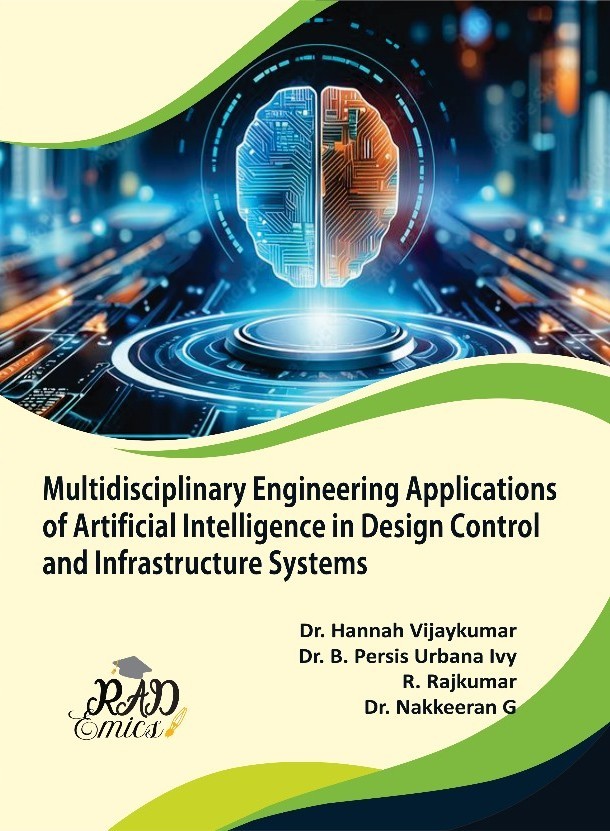
Peer Reviewed Chapter
Chapter Name : Deep Learning for Real Time Patient Monitoring and Emergency Response Prediction in Smart ICUs
Author Name : Rex Cyril B, Padma P Nimbhore, Jayashri P. Shinde
Copyright: ©2025 | Pages: 37
DOI: 10.71443/9789349552609-14
Received: 15/05/2025 Accepted: 22/07/2025 Published: 06/09/2025
Abstract
Real-time patient monitoring in Intensive Care Units (ICUs) is critical for timely detection of physiological deterioration and prevention of adverse clinical events. The proliferation of IoT-enabled sensors and wearable devices has facilitated continuous acquisition of high-resolution, multimodal patient data, offering unprecedented opportunities for predictive analytics in critical care. However, challenges such as noisy, incomplete, and heterogeneous data streams, along with latency constraints and integration with clinical workflows, limit the effectiveness of conventional monitoring systems. Deep learning techniques, including recurrent neural networks, long short-term memory models, and attention-based architectures, have emerged as robust tools for modeling temporal dependencies, handling multimodal data, and generating accurate real-time predictions of critical events such as sepsis, cardiac arrest, and respiratory failure. Integration of predictive alerts with Clinical Decision Support Systems (CDSS) enhances situational awareness and enables timely, evidence-based interventions. Additionally, secure data management and compliance with healthcare regulations, including HIPAA and GDPR, are essential to protect patient privacy while maintaining system reliability. This chapter presents a comprehensive overview of state-of-the-art deep learning approaches for real-time ICU monitoring, highlighting methodologies for data preprocessing, feature extraction, emergency response prediction, and clinical integration. The discussion emphasizes current research gaps, challenges in implementation, and future directions toward intelligent, adaptive, and interpretable monitoring systems capable of improving patient outcomes and optimizing ICU operations.
Introduction
Intensive Care Units (ICUs) play a pivotal role in managing critically ill patients who require continuous monitoring and rapid interventions to prevent life-threatening events [1]. The dynamic and high-risk nature of ICU environments necessitates real-time assessment of vital signs, laboratory parameters, and therapeutic responses to identify early signs of deterioration [2]. Traditional monitoring approaches, which rely on threshold-based alarms and intermittent clinical evaluations, often fail to capture subtle physiological changes that precede emergencies, leading to delayed responses and preventable adverse outcomes [3]. The increasing availability of IoT-enabled sensors, wearable devices, and networked bedside monitors has enabled continuous data collection, providing unprecedented opportunities for proactive patient care [4]. These advances have paved the way for the implementation of intelligent monitoring systems capable of analyzing multimodal, high-frequency physiological data streams in real time, ultimately enhancing situational awareness and decision-making in critical care settings [5].
Despite the growing deployment of digital monitoring systems, several challenges persist in the ICU environment [6]. High-frequency physiological data from multiple devices often exhibit heterogeneity, missing values, and noise, which complicate real-time analysis and reduce reliability [7]. conventional methods lack the capability to integrate information across different modalities, such as vital signs, lab results, and imaging data, leading to fragmented clinical insight [8]. The latency introduced by manual interpretation of data can delay the recognition of critical events, compromising patient safety [9]. Moreover, excessive false alarms resulting from threshold-based systems contribute to alarm fatigue among clinical staff, further undermining timely interventions. These limitations highlight the necessity of advanced computational approaches capable of handling complex, noisy, and asynchronous datasets while providing continuous, low-latency, and clinically meaningful predictions [10].